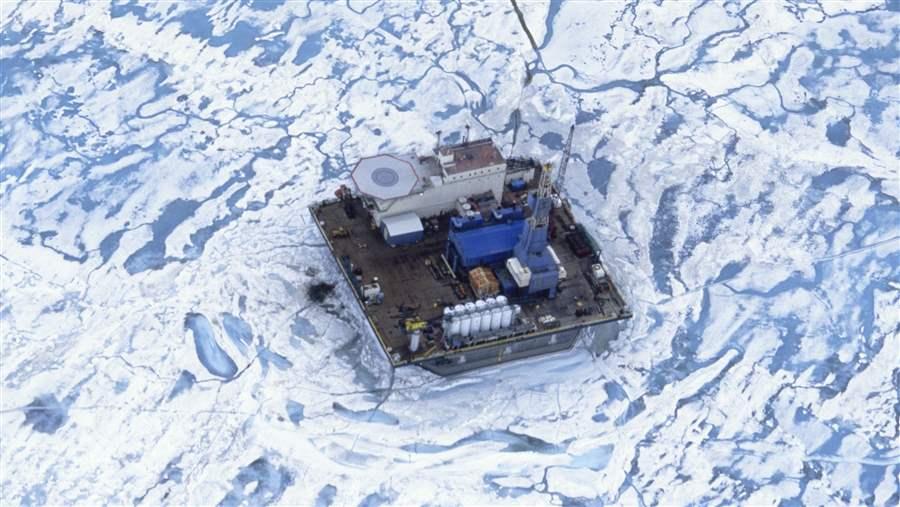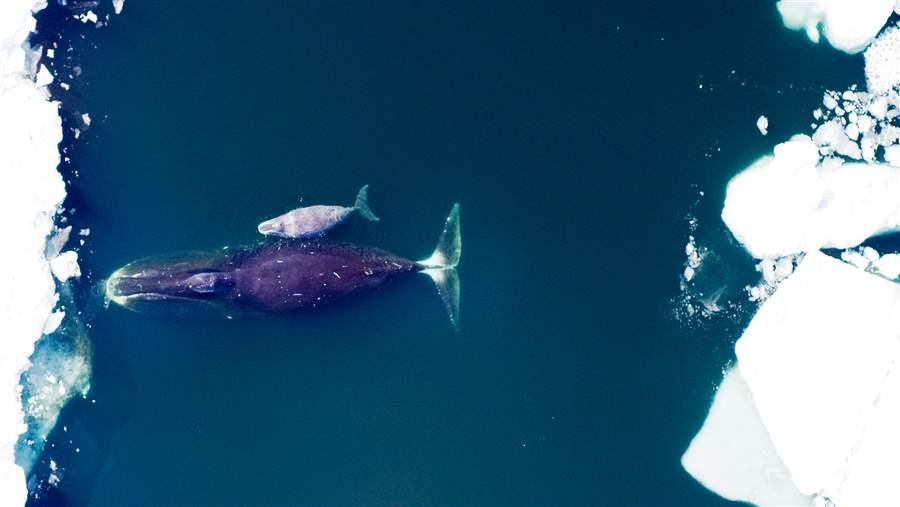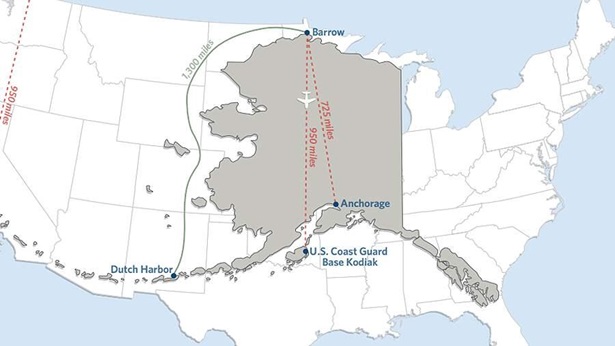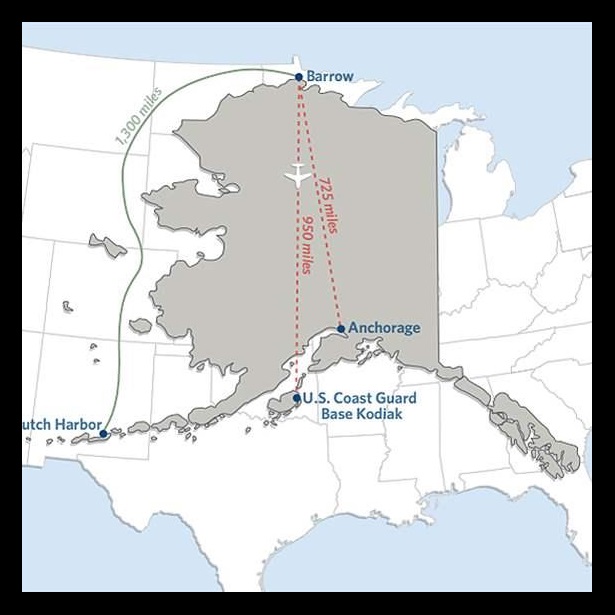Administration Proposes Arctic Standards for Offshore Drilling
Interior’s draft regulations are a positive step toward safer energy exploration in the Arctic
The U.S. Department of the Interior has proposed a suite of Arctic technology and equipment standards for offshore oil and gas exploration. These draft rules are the first of their kind for the Arctic and will set a minimum standard for exploration drilling in this area.
"This proposed rule demonstrates a significant commitment by the Department of Interior to improve drilling safety and oil spill prevention in the Arctic,” said Marilyn Heiman, director of Pew’s U.S. Arctic project. “Pew does not oppose offshore drilling, but we believe world-leading standards must be in place in the challenging, remote, and vulnerable Arctic Ocean. These rules will provide greater certainty for the companies operating in the Arctic and help protect the people and wildlife that live there."
 © Rich Reid, National Geographic
© Rich Reid, National GeographicOffshore Drilling in the Arctic
Vessels, drilling rigs, and associated facilities should be built to withstand the maximum possible ice forces and sea states found in the Arctic.
These draft rules have been under development for years, in response to an increasing focus among policymakers, energy companies, and other stakeholders on energy exploration in the Arctic. In August 2012, the Ocean Energy Safety Advisory Committee concluded that U.S. regulations needed to be modernized to include Arctic-specific standards to prevent, contain, and respond to spills quickly and effectively. In March 2013, the interior secretary released a formal review of Shell’s 2012 Alaska offshore oil and gas exploration program. The report identified several problems Shell encountered during the drilling season that should be remedied.
Three months later, the department began a public process to solicit input on improved standards.
 © Corey Accardo, NOAA
© Corey Accardo, NOAALife in the Arctic
The Arctic Ocean is home to bowhead, beluga, and gray whales; walruses; polar bears; and other magnificent marine mammals, as well as millions of migratory birds. A healthy ocean is important for these species and integral to the continuation of hunting and fishing traditions practiced by Alaska Native communities for thousands of years. Here a bowhead mother and calf swim in the Arctic Ocean.
In September 2013, Pew issued its report Arctic Standards: Recommendations on Oil Spill Prevention, Response, and Safety in the U.S. Arctic Ocean as a guide for policymakers on safer and more responsible drilling. Highlights of the roughly 80 recommendations include:
- Seasonal drilling. Arctic offshore drilling operations into hydrocarbon-bearing zones should be limited to periods when the rig can work effectively in Arctic conditions, and its associated spill response system can have sufficient time to drill a relief well and control a blowout before winter ice moves in.
- Arctic-class equipment. Vessels, drilling rigs, and facilities should be built to withstand maximum ice forces and harsh ocean conditions.
- Local staging of well control equipment. Equipment to control a well during a blowout, such as a back-up relief rig and a capping and containment system, should be tested and located in the Arctic region.
- Local staging of spill-response equipment. Trained spill response personnel and adequate equipment should be located in Alaska’s Arctic,and should be sufficiently robust to help protect important marine mammal habitat and sensitive shorelines by removing oil caught in ice-covered waters.
- Redundant systems. Backup blowout preventers, double blind sheer rams, remotely operated controls, and other redundant systems should be installed on all rigs operating in the Arctic, because harsh weather or ice cover during many months of the year could prevent these systems from being moved into the region later.
Pew is not opposed to offshore drilling but believes a balanced and careful approach to development must account for environmental protection and the social, cultural, and subsistence needs of Alaska communities.





